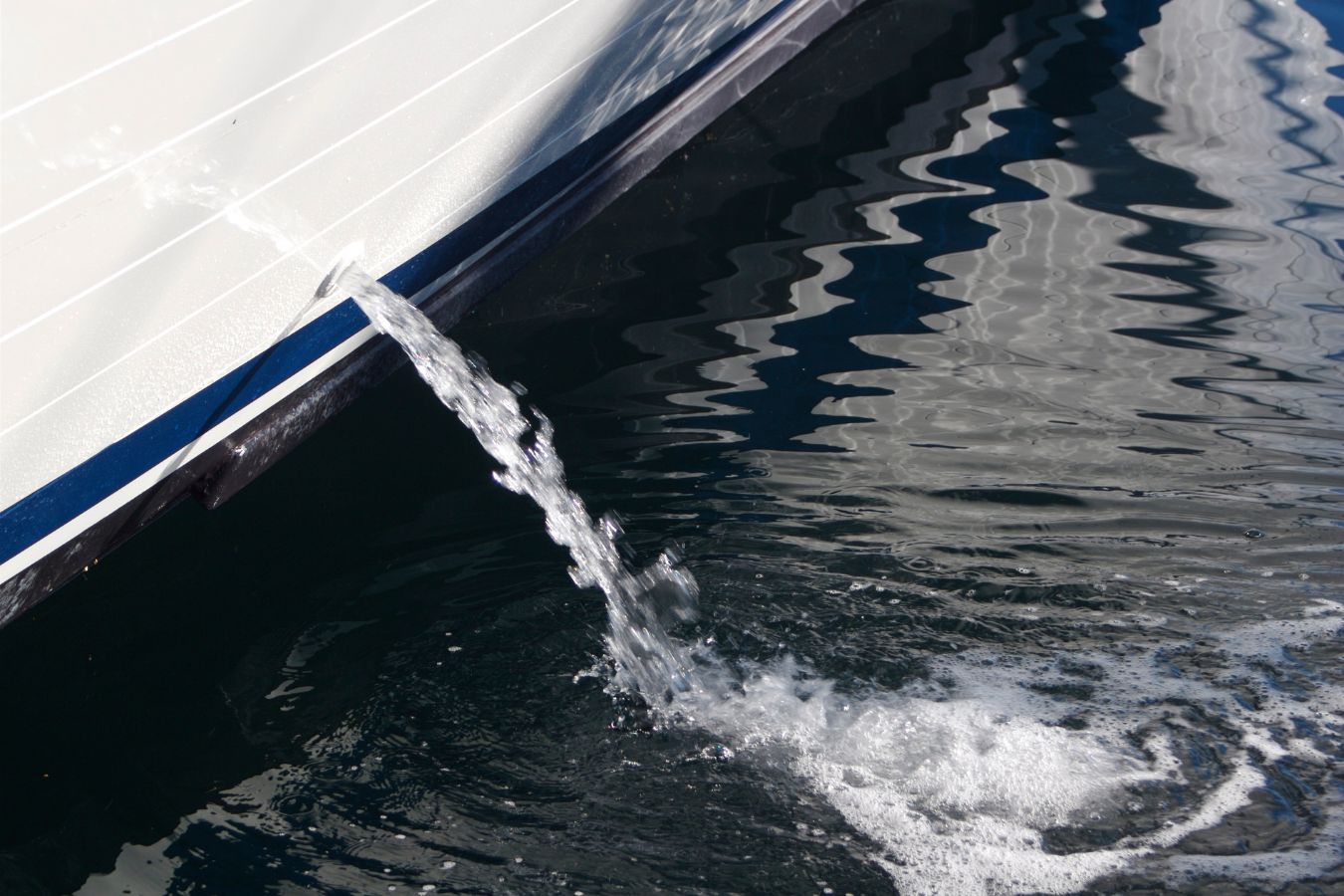How the automatic bailing system works and why it is vital
Water in the bilge is inevitable on any boat, but what makes the difference between a scare and a dangerous situation is the automatic bilge bailing system. This essential safety component can save your boat, your engine and even your life. In this guide we explain in detail how it works, why it is so important, what components it comprises and how you can keep it in top condition all year round.
What is the automatic bailing system?
The automatic bilge pumping system is a set of elements designed to detect the accumulation of water in the bilge of the vessel and evacuate it automatically, without the skipper’s intervention. Its main function is to protect the structural integrity of the boat and prevent electrical failure or even sinking.
How does it work?
This system is activated when the water level reaches a certain height, detected by a float switch or digital sensor. When activated, the bilge pump is switched on and the water is pumped out through a pipe connected to the hull.
See also our article on essential equipment for your first boat to discover other key safety systems.
Main components of the system
1. Automatic bilge pump
It is installed at the lowest point of the bilge and must have sufficient capacity to evacuate large volumes of water in a short time.
2. Float switch or digital sensor
This component is responsible for detecting the water level and activating the pump automatically. There are mechanical and electronic versions.
3. Control panel and electrical system
It includes fuses or circuit breakers, watertight cables and a safe power supply to ensure operation even when the motor is switched off.
4. Exhaust piping
It is connected to the hull by means of a non-return valve that prevents the re-entry of water.
See our basic maintenance tips to find out when to inspect or replace these items.
Why is the automatic bailing system so vital?
A failure in this system can lead to a multitude of serious problems:
- Flooding affecting electrical components.
- Corrosion in structural areas of the hull.
- Pollution due to mixing of water and fuels.
- Total loss of buoyancy.
For this reason, our maintenance section recommends periodic inspections before and after each trip.
How to check your bilge system
Visual and functional review
- Check that the pump is clean and free of obstructions.
- Activate the float manually to check that the pump turns on.
- Make sure that the electrical connections are dry and sealed.
Bilge cleaning
Standing water may contain oil, petrol or organic debris. Use fresh water and specific products to clean thoroughly.
Upgrading and updating the system
Secondary pumps and alarms
Many employers install a back-up pump or an audible/visual high level alarm. There are also pumps with digital sensors with no moving parts, which are more resistant to dirt.
Remote monitoring
New technologies allow you to monitor the water level and pump operation from your mobile phone, adding to your safety when you are not on board.
Comparison and external resources
For a technical comparison of bilge pumps by capacity and boat type, we recommend this BoatUS article: Automatic Bilge Pump Comparison.
Conclusion
The automatic bilge system is not a luxury, but a critical necessity for any vessel. Understanding how it works, carrying out regular checks and updating its components can make the difference between safe boating and a costly accident. Visit our blog section for more technical tips and best practices.
Other news that may interest you
- How the automatic bailing system works and why it is vital
- Winter sailing: what clothing, equipment and safety equipment you should have
- How to choose a satellite communication system for your boat
- Monthly maintenance checklist for your Crownline
- 5 perfect base ports for your Crownline on the Costa Blanca

